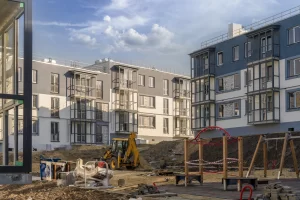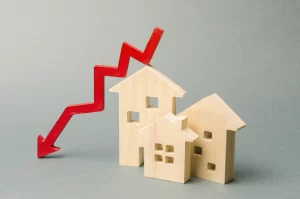A variable rate mortgage is a type of home loan where the interest rate can fluctuate over time, typically in line with the lender’s prime rate or another benchmark rate. This means your monthly payments may increase or decrease as interest rates move. Variable rates are generally lower than fixed rates at the time of borrowing, which can lead to savings—especially if rates remain stable or decline.
Why Choose a Variable Rate Mortgage?
-
Lower Initial Rate: Variable mortgages typically start at a lower interest rate compared to fixed mortgages, reducing initial borrowing costs.
-
Potential Cost Savings: If interest rates stay the same or drop, more of your payment goes toward principal, accelerating equity growth and reducing long-term interest expenses.
-
Flexibility: Many variable rate mortgages allow you to convert to a fixed rate at any time without breaking the mortgage or paying a penalty.
What Does “Locking In” Mean?
“Locking in” refers to converting your variable rate mortgage into a fixed rate. This can be done through your existing lender when you believe interest rates have dropped to a level you’re comfortable securing for the remainder of your mortgage term.
How It Works:
-
Monitor Rates: Keep an eye on the interest rate environment. When rates begin to drop or stabilize at a desirable level, you may consider locking in.
-
Request a Rate Lock: Contact your lender and request to convert your variable rate mortgage to a fixed rate. They will offer you their current fixed rate for the remaining term or a new term, depending on the mortgage structure.
-
Secure Stability: Once locked in, your mortgage rate and payments will remain fixed, offering long-term stability and protection from future rate increases.
Things to Consider Before Locking In
-
The New Fixed Rate: Make sure the fixed rate you’re locking into is favorable compared to your current variable rate.
-
Remaining Term: Some lenders may offer a new term when you lock in; others may apply the fixed rate to your existing remaining term.
-
Market Trends: Locking in too early could mean missing out on more savings if rates continue to decline.
Final Thoughts
Taking a variable rate mortgage offers short-term savings and long-term flexibility. If interest rates fall in the future, you’re positioned to lock in at a lower fixed rate, securing stability for the remainder of your mortgage term. It’s a strategy that balances potential cost savings with an exit strategy to minimize future risk.






